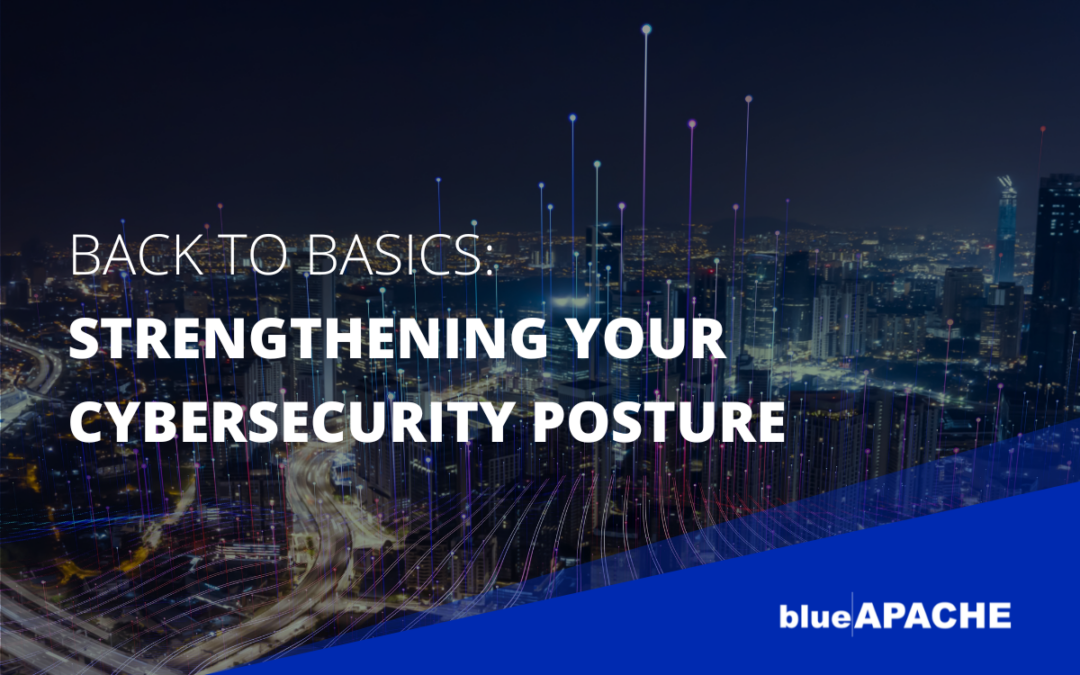Understanding Recent Threat Alerts and Advisories
In today’s digital landscape, staying ahead of cyber threats is paramount. Cyber.gov.au, a trusted source for cybersecurity information, regularly issues threat alerts and advisories to keep organisations informed.
In this blog, we delve into some of the latest alerts, providing actionable guidance to fortify your defences and safeguard against potential risks. From vulnerabilities affecting firewall platforms to state-sponsored cyber activities and more, understanding these threats is the first step toward a resilient cybersecurity posture.
Threats and Attack Realities
Threats and attacks are real, with bad actors seeking vulnerabilities to exploit, processes to circumvent, user trust to manipulate, and creative ways, to penetrate defences for financial or criminal gains.
Using ‘A.I.’ and ‘Automation’ tools, threat actors are doubling down on efforts including automating reconnaissance, access, execution, persistence, privilege escalation, credential access, lateral movement, command, control, and exfiltration attempts resulting in:
- Data Breaches: Unauthorised access to confidential data stored in cloud environments.
- Privacy Breach: Exposure of confidential communications and sensitive data to unauthorized parties.
- Intellectual Property Theft: Theft of proprietary information and trade secrets.
- Reputational Damage: Loss of trust and credibility among stakeholders due to security incidents.
- Operational Disruption: Disruption of business operations and services.
- Regulatory Non-Compliance: Violations of data protection regulations leading to legal consequences.
With the increasing reliance on technology, the need to protect sensitive information from cyber threats has never been more critical.
Let’s explore simple yet effective ways to safeguard your digital assets as we summarise best practices, common threats, and effective strategies.
Best Practices and Effective Cyber Security Strategies
Cyber security encompasses a range of practices, technologies, and processes designed to protect networks, devices, and data from unauthorised access, cyber-attacks, and data breaches. It involves the implementation of security measures to ensure the confidentiality, integrity, and availability of information in the digital space.
Key Practices:
- Use Strong Passwords: Ensure that all accounts are protected with strong, unique passwords that are difficult to guess. Consider using a password manager to securely store and manage passwords.
- Keep Software Updated: Regularly update operating systems, applications, and security software to patch vulnerabilities and protect against known threats.
- Implement Multi-Factor Authentication: Enable multi-factor authentication (MFA) wherever possible to add an extra layer of security beyond passwords. MFA typically involves a combination of something you know (password) and something you have (e.g., a mobile device).
- Network Segmentation: Segmenting networks into distinct zones can help contain breaches and limit the spread of malware or unauthorised access. By isolating critical systems, organisations can minimise the impact of potential cyber-attacks.
- Incident Response Planning: Developing a comprehensive incident response plan is essential for effectively managing and mitigating cybersecurity incidents. This plan should outline roles and responsibilities, communication protocols, and steps to contain and remediate security breaches.
- Employee Training and Awareness: Educating employees about cybersecurity best practices and raising awareness about common threats can help prevent human error and minimise the risk of successful cyber-attacks. Regular training sessions and simulated phishing exercises can enhance security awareness within an organisation.
Further Security Measures:
- Enhanced Cloud Security: Strengthen cloud security measures by implementing layered security including multi-factor authentication, encryption, and access controls.
- Continuous Monitoring: Implement real-time monitoring and threat detection mechanisms to identify suspicious activities and potential breaches.
- Vendor Risk Management: Assess and monitor the security posture of cloud service providers to ensure compliance with security standards and protocols.
- Access Control Measures / Privileged Access Management:
Implement stringent access control policies to restrict unauthorised access to critical systems and data. Restrict and monitor privileged access to critical system tools and processes to prevent misuse by threat actors. - Behavioural Analysis: Implement behavioural analysis tools to detect anomalous activities and deviations from normal system behaviour.
- Application Whitelisting: Utilise application whitelisting to control the execution of authorized applications and prevent unauthorized tools from running.
Key Takeaways
Cyber security is a multifaceted discipline that requires proactive measures, continuous vigilance, and a commitment to safeguarding digital assets. By understanding common threats, implementing best practices, and adopting effective cybersecurity strategies, individuals and organisations can enhance their resilience against cyber-attacks and protect sensitive information from malicious actors.
By following the guidelines outlined in this, you can strengthen your cybersecurity posture and mitigate the risks associated with cyber threats. Stay informed, stay vigilant, and prioritise cybersecurity in an increasingly interconnected world.
Contact us for more information on the current “Alerts and Advisories listed”, or for a discussion of your current cyber security posture and what improvements may be available.

